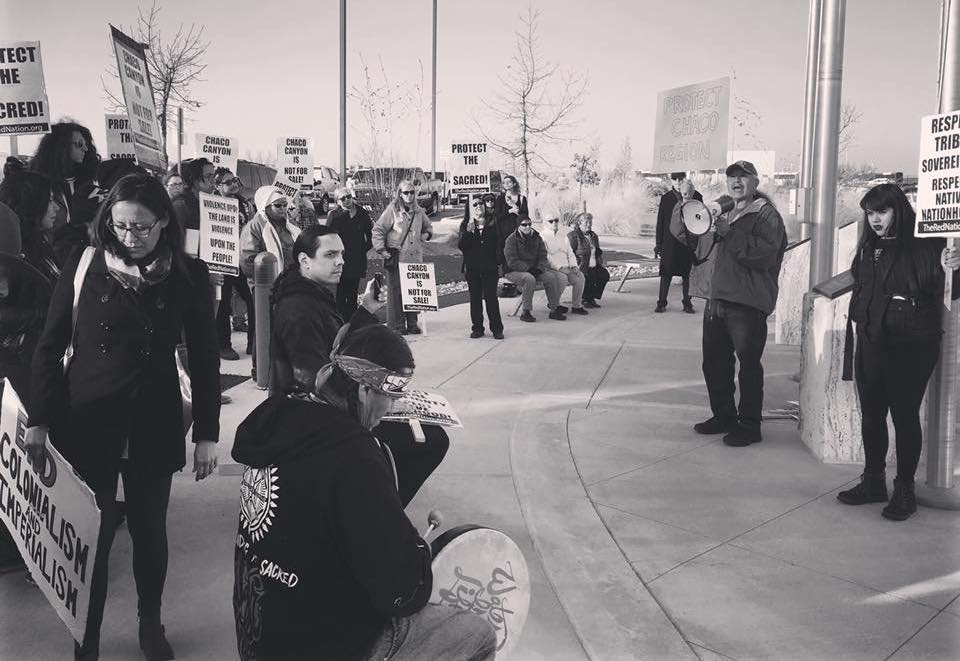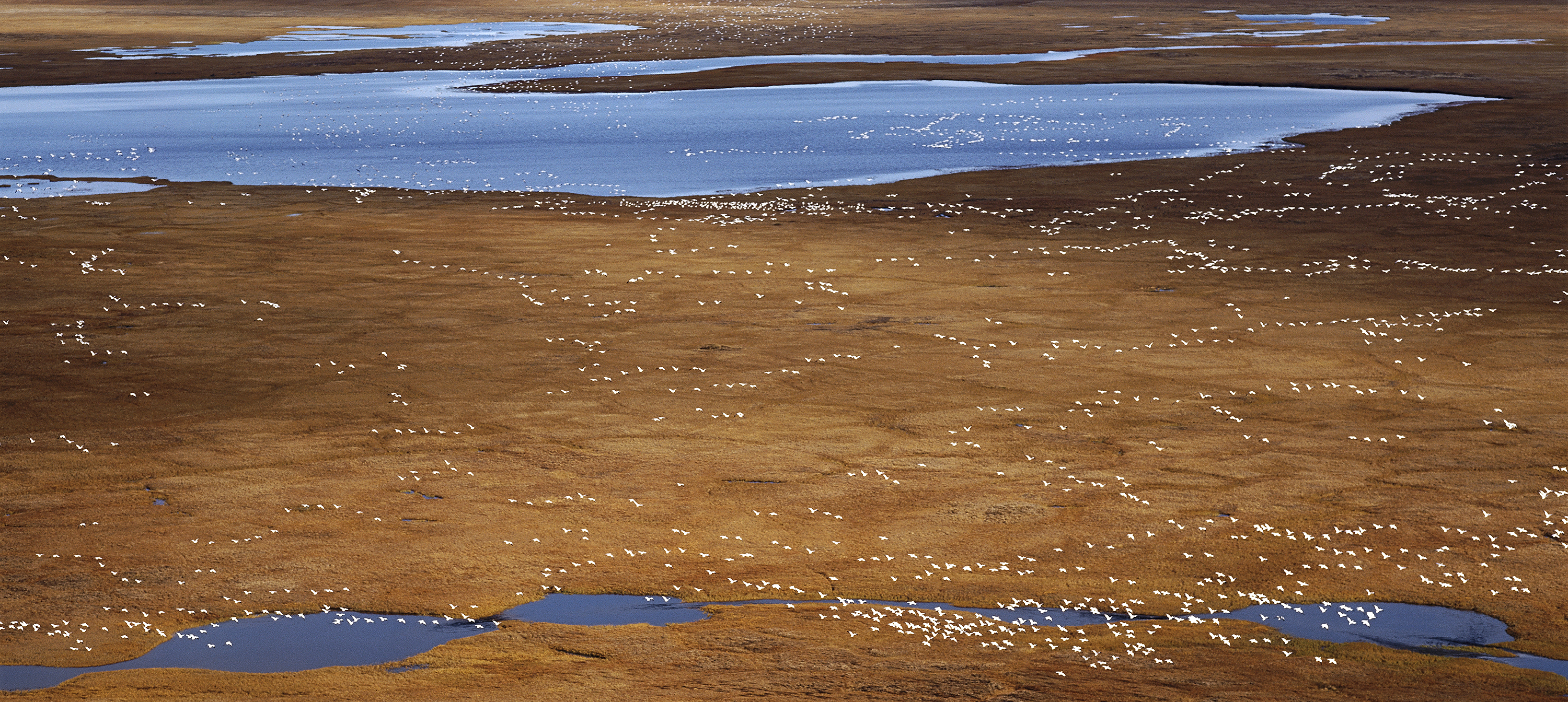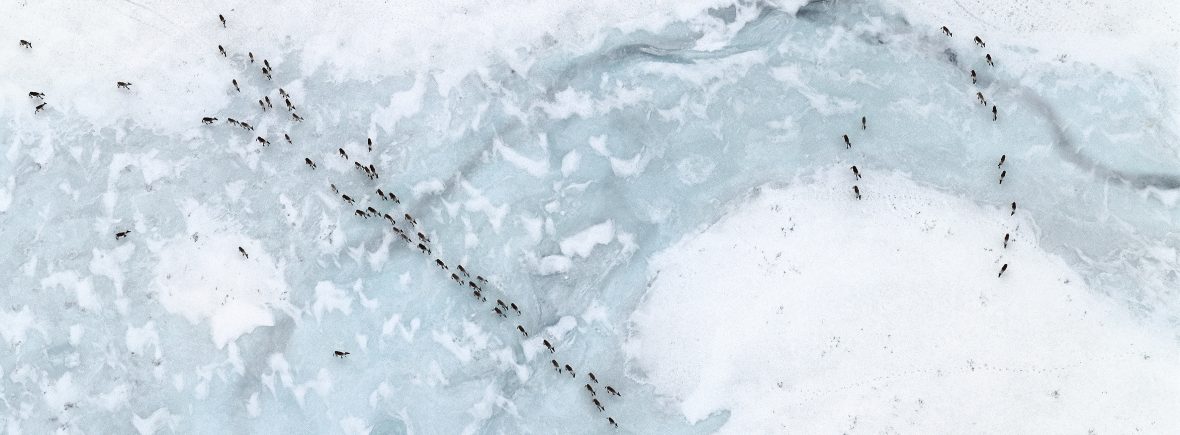Symposium February 21-23, 2018 University of New Mexico
To view all sessions visit the WATCH ONLINE page.
the last oil symposium at the University of New Mexico is the first national convening to address the misguided and reckless Arctic and offshore energy policy of the Trump administration, which endangers biological nurseries of global significance, violates indigenous human rights, and threatens to derail the efforts to mitigate climate change and the Sixth Extinction. Twenty-nine leading activists, artists, attorneys, biologists, climate scientists, conservationists, curators, historians, policy experts, and writers will unite in Albuquerque for this public forum.
the last oil is not a warning that we are running out of oil. On the contrary, there is so much oil — and gas and coal and other unconventional fossil fuels like tar sands and methane hydrates — that if we continue to dig up and burn all these fuel sources, we will push the Earth’s climate toward a runaway global warming from where charting a stable path will likely become impossible. the last oil instead draws attention to the ongoing collective action and determination to bring an end to the second Oil Age.
The first Oil Age — extraction of oil from whales — began in the Arctic in the seventeenth century and fueled the Dutch Golden Age and economies of other nations, including the United Kingdom and the United States. After several centuries of industrial-scale massacre that pushed the magnificent Bowhead whale, the longest-lived mammal on Earth, to near extinction, the first Oil Age came to an end in the early twentieth century.
The second Oil Age, or the Petroleum Age, did not begin in the Arctic. But the top of the Earth is central to the struggle to bring an end to it. The Arctic is the bellwether of global climate change as the region continues to warm at a rate more than twice the global average. What happens in the Arctic doesn’t just stay up north, however. It affects the world, as the region is the integrator of our planet’s climate systems (atmospheric and oceanic) and also functions as a driver of global climate change because of various feedbacks due to the rapid melting of sea ice, ice sheets and the permafrost. The impacts of a warming Arctic are already being felt planetwide, as frequent and catastrophic hurricanes, floods and fires, become the new normal. A new phrase recently entered our vocabulary — “climate breakdown”.

But instead of reducing extraction of fossil fuels to stabilize the global climate as science mandates, the Trump administration has launched a war on environmental conservation and indigenous human rights — with the slogan to make the United States “energy dominant.” Secretary of Interior Ryan Zinke proudly claimed last year that, “The only path for energy dominance is a path through the great state of Alaska.” The Alaska Congressional delegation and the State of Alaska have enthusiastically welcomed and further championed this federal Arctic energy policy.
On December 22, 2017, President Trump signed the GOP Tax Bill, which authorizes oil and gas development in the coastal plain of the Arctic National Wildlife Refuge in northeast Alaska, a biological nursery of global significance and a place the indigenous Gwich’in people call, “The Sacred Place Where Life Begins.” Earlier that month, on December 6, the Department of Interior offered the largest-ever oil and gas lease sales within the National Petroleum Reserve in northwest Alaska: 900 tracts covering more than 16,000 square miles. But the response from the oil industry was tepid, resulting in only seven bids totaling $1.16 million in revenue. Continuing this reckless assault on the Arctic and other areas, on January 4, 2018, the Trump administration released the draft 2019-2024 five-year offshore oil and gas leasing plan that aims to open up nearly all of US federal offshore water—more than a billion acres to oil and gas development. The plan includes nineteen lease sales in Alaska, including six in the Beaufort and Chukchi seas in the Arctic, which are rich in biological diversity and are among the least understood and ecologically complex seas on Earth. By trying to open up these significant biological nurseries and feeding grounds to fossil fuels development, the Trump administration is not only ignoring climate science but also the science about the ongoing mass species extinction and die-off known as the Sixth Extinction.
And the administration is ignoring indigenous human rights.

The United Nations International Covenant on Economic, Social and Cultural Rights and the International Covenant on Civil and Political Rights recognize that, “In no case may a people be deprived of its own means of subsistence.” The indigenous Gwich’in people of northeast Alaska and northwest Canada say, “We are the caribou people,” as they depend on the Porcupine (River) caribou herd for nutritional, cultural and spiritual sustenance. The coastal plain of the Arctic Refuge where drilling has been authorized is the calving and nursing grounds of the Porcupine caribou herd. Similarly, the indigenous Iñupiat people of northern Alaska call the Arctic seas, “Our Garden”, and themselves, “People of the Whales”, as they depend on the whales and other marine life of the Beaufort and the Chukchi seas for nutritional, cultural and spiritual sustenance. Oil and gas exploration and development in the Arctic Refuge, the National Petroleum Reserve, and in the Beaufort and the Chukchi seas will endanger food security and violate human rights of the indigenous peoples.
Many people and organizations across the United States and Canada are now determined to fight the Trump administration’s misguided Arctic energy policy by using every means necessary, including legal, legislative and grassroots campaigning. In this context, multispecies justice refers to collective action that brings conservation of biotic life and habitats into alignment with campaigns for indigenous human rights and environmental justice.
The University of New Mexico (UNM) will host “the last oil: a multispecies justice symposium on Arctic Alaska and beyond” from February 21 through February 23, to address the catastrophic US Arctic energy policy. The gathering will also bring northern indigenous struggles into conversation with similar struggles across the West, including the Diné-Pueblo solidarity to protect the greater Chaco Canyon in New Mexico from fracking and the indigenous Sioux people’s campaign “Mni Wiconi: Water is Life”. The symposium is free and open to the public, and will convene on the UNM Main Campus in Albuquerque, New Mexico.

The symposium will coincide with an exhibition on the Arctic — Long Environmentalism in the Near North: Activism | Photographs | Writing at the UNM Art Museum.
We encourage you to explore this site, particularly the Resources pages, which includes articles/op-eds and books authored by symposium speakers; television and radio interviews; and maps and reports published by indigenous human rights and conservation organizations.
the last oil is co-organized by Art & Ecology in the Department of Art and the UNM Art Museum in partnership with Department of American Studies, Anthropology, Department of Biology, Community and Regional Planning, Geography & Environmental Studies, Department of History, Sustainability Studies, Kiva Club, UNM Wilderness Alliance, Critical Environmental Justice Collective, The Red Nation, Albuquerque Center for Peace and Justice, Los Jardines Institute, New Mexico Wilderness Alliance, Gwich’in Streering Committee, REDOIL (Resisting Environmental Destruction on Indigenous Lands), Alaska Wilderness League, Audubon Alaska, Trustees for Alaska, The Wilderness Society, Earthjustice, Food and Water Watch, and the Defenders of Wildlife.
The Art and Ecology program at the University of New Mexico receives support from Lannan Foundation and The Andrew W. Mellon Foundation.
Additional support for the symposium is provided by UNM College of Fine Arts Dean’s Office and the UNM Art Museum.


